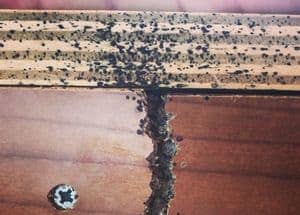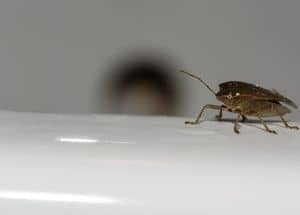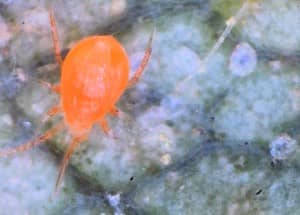How to Check Furniture for Bed Bugs: Complete Bed Bug Control & Prevention Guide
Harboring pests at home is a problem a conscious homeowner can hardly ignore. Bed bugs are one of the easiest insects to pick up and the hardest species to remove. This article answers the questions on how to check the furniture for bed bugs, what to do if you find their nest, and whether it … Read more





